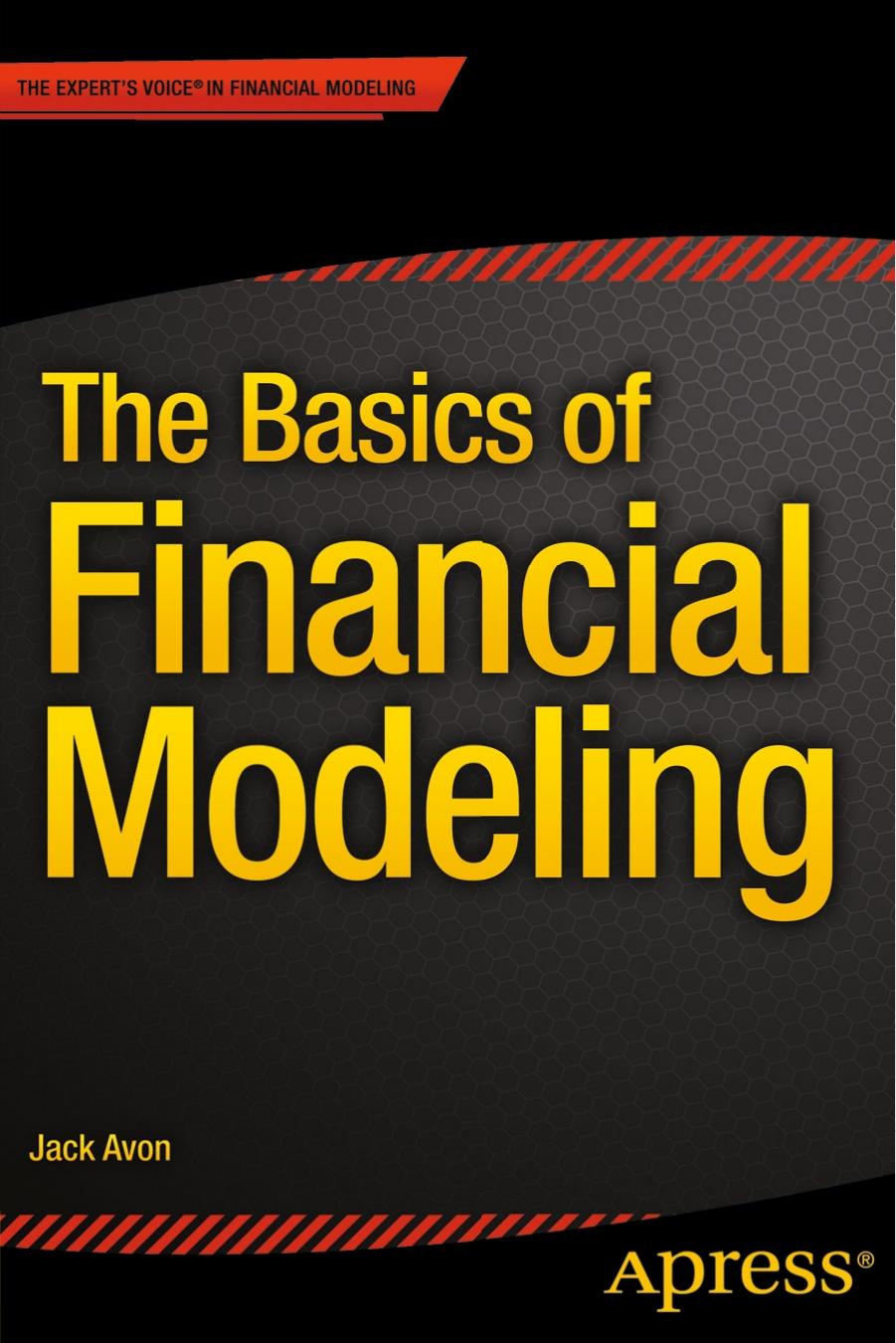The Basics of Financial Modeling by Jack Avon

Author:Jack Avon [Avon, Jack]
Language: eng
Format: epub, pdf
Tags: Business & Economics, Management Science, General, Management, Finance, Corporate Finance
ISBN: 9781484208724
Google: EAzDoQEACAAJ
Amazon: 1484208722
Publisher: Apress
Published: 2014-11-11T23:00:00+00:00
Assumptions: How Realistic Are They?
During the planning, it’s important to set the tone of how the assumptions for the model are going to be validated. The validation is important from the modeler’s perspective, because once that is finalized, the modelers will input the assumptions into the model and will be responsible for how those assumptions are interpreted. The question of ownership of assumptions is critical. While the assumptions will be given to the modelers and therefore will have an owner and contact, once they enter the model the modeler is responsible for having them in there. If you don’t understand an assumption that is sitting within your model, it’s imperative that you do. Why? Because you will have to validate every assumption in order for the users and owner of the model to have assurance that the model is fit for purpose.
Ironically, validating the assumptions can be time-consuming and requires effort in people management. As a result, it is somewhat common to find good working models where the modeler has not fully validated the assumptions. As a result, the assumptions remain in the model, but there is no rational link with reality. I warn against this practice because it leads to the modeler’s integrity being questioned. The assumption validation is a two-way process. First, the modeler collects and organizes the assumptions and then sends them back to the original provider of the information. The provider should then confirm that the information now in the assumptions is valid and can be used in the model. By acquiring this information from the assumption owner, the modeler can subsequently make a more informed opinion on the assumption and start to validate. The validation should be based on getting a second or even a third opinion from different sources. If this is not possible, try to throw the assumptions back to the original owner after some elapsed time to see if the assumptions remain the same.
Modelers need to have a firm grip on the assumptions and be willing to push the owner of the assumptions to move as close to reality as possible. For example, few companies achieve huge growth in revenues, profits, and cash flow after a slower period. Projecting numbers that an organization cannot support is never a good idea. It not only wastes your time but assists people in making ill-informed and hence bad decisions that will have long-term negative perceptions on your modeling ability.
Something to keep in mind is that the majority of people who will be viewing and making decisions based on the outputs will be looking for some input from the modeler as to the profile of the assumptions. For example, they may ask if the assumptions are practical and if so how pragmatic, or are they based on empirical evidence and so forth. While it is valid practice to provide some feedback into the assumptions, stop short of making overall assessments, suchas that the assumptions are “aggressive” or “conservative” or even “pessimistic” (even if you truly believe they are.
Download
The Basics of Financial Modeling by Jack Avon.pdf
This site does not store any files on its server. We only index and link to content provided by other sites. Please contact the content providers to delete copyright contents if any and email us, we'll remove relevant links or contents immediately.
The Black Swan by Nassim Nicholas Taleb(6762)
Bad Blood by John Carreyrou(6274)
Pioneering Portfolio Management by David F. Swensen(6078)
Millionaire: The Philanderer, Gambler, and Duelist Who Invented Modern Finance by Janet Gleeson(4092)
Skin in the Game by Nassim Nicholas Taleb(3965)
The Money Culture by Michael Lewis(3846)
Bullshit Jobs by David Graeber(3826)
Skin in the Game: Hidden Asymmetries in Daily Life by Nassim Nicholas Taleb(3720)
The Wisdom of Finance by Mihir Desai(3523)
Blockchain Basics by Daniel Drescher(3327)
Liar's Poker by Michael Lewis(3220)
The Intelligent Investor by Benjamin Graham Jason Zweig(2930)
Hands-On Machine Learning for Algorithmic Trading by Stefan Jansen(2925)
Mastering Bitcoin: Programming the Open Blockchain by Andreas M. Antonopoulos(2890)
Fooled by Randomness: The Hidden Role of Chance in Life and in the Markets by Nassim Nicholas Taleb(2860)
Investing For Dummies by Eric Tyson(2791)
The Power of Broke by Daymond John(2770)
Market Wizards by Jack D. Schwager(2538)
Zero Hour by Harry S. Dent Jr. & Andrew Pancholi(2531)
